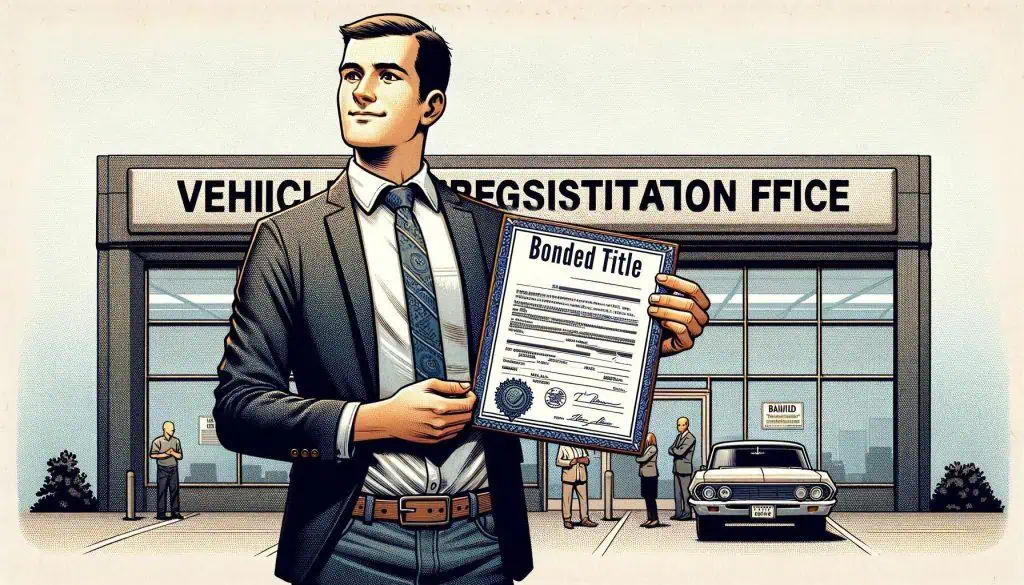If you bought a car but never received the title, or the title you received was not properly signed over to you, I’m here to help.
Without a title in your name, you won’t be able to register and legally drive the vehicle. However, there are steps you can take to get a new title issued in your name and I will list those below.
Related Articles
- What is an E Title (Electronic Car Title)
- Two Names On Car Title How To Remove One
- How to Transfer a Car Title After Death of Owner
Table of Contents
Step 1: Contact the Seller
The first thing I would do is to try to get in touch with the seller and have them properly transfer the title to you. This is the absolute easiest method if it’s doable.
If they simply forgot to fill out the title completely or sign it, they may be willing to correct the issue.
If they are willing to help, have them fill out the back of the title with:
- Your full legal name and address
- The sale price
- The current odometer reading
- The date of sale
- Their signature
If the seller no longer has the title, they will need to request a duplicate title from their state DMV first before they can sign it over to you.
Note: A Duplicate Title will void any titles issued before that new duplicate title is printed.
Step 2: File for a Bonded Title

If you are unable to contact the seller, or they are unwilling to help, your next option in most states is to file for a bonded title.
A bonded title involves purchasing a surety bond to protect the state in case someone else later claims to be the rightful owner. To get a bonded title:
- Contact your state DMV to confirm they allow bonded titles and get the required forms
- Purchase a Lost Title Bond from a surety bond company, usually for 1.5-2 times the vehicle’s value
- Complete the title application with information about the vehicle and explain how you came into possession of it
- Get the vehicle identification number (VIN) inspected and verified, if required by your state
- Submit the application, bond, and any required fees to your state DMV
After a waiting period, usually 3-5 years, you can then apply for a standard certificate of title in your name.
The bond provides financial protection during this time in case issues arise.
Step 3: Seek a Court-Ordered Title

If your state does not allow bonded titles, or you don’t want to purchase a bond, you can go through the court system to get a title issued in your name.
You will need to prove you are the vehicle’s rightful owner by providing a bill of sale, canceled check, vehicle registration, or other items showing your purchase and possession of the vehicle.
If the judge grants your request, take the court order to the DMV to get a new title issued.
Conclusion
Thankfully, if you own a car where the title isn’t in your name there are options. The unfortunate part is that some of those options might be difficult. Below is a summary for the key points of the article:
Key Points:
| Step | Description | Requirements | Next Steps |
|---|---|---|---|
| Step 1: Contact the Seller | Reach out to the seller to have the title properly transferred to you. If the seller lost the title, they must obtain a duplicate. | – Your full legal name and address – Sale price – Odometer reading – Date of sale – Seller’s signature | If successful, receive the correctly signed title. |
| Step 2: File for a Bonded Title | If the seller is unresponsive or unwilling to help, apply for a bonded title. | – Surety bond (1.5-2x vehicle value) – Vehicle information – VIN inspection (if required) | Submit application, bond, and fees to DMV. Wait 3-5 years before applying for a standard title. |
| Step 3: Seek a Court-Ordered Title | If bonded titles are not available or desired, pursue a title through the courts. | – Proof of ownership (e.g., bill of sale, canceled check) – Evidence of possession | Present court order to DMV to issue a new title in your name. |



